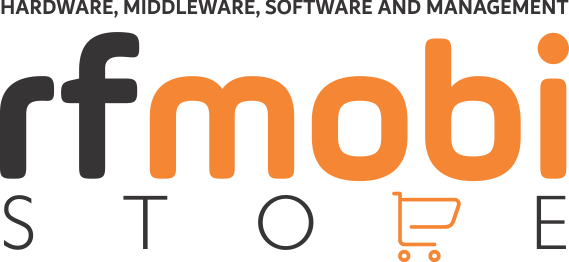Introduction
RFID (Radio Frequency Identification) technology is a technology that allows the identification and tracking of objects through radio signals. Although it has become popular in recent decades, RFID technology has a history that dates back to the early 20th century.
History of RFID Technology
The first patent for RFID-like technology was granted in 1942 to an American inventor named Harry Stockman. Stockman envisioned a device that could send radio signals to identify objects at a distance. However, the first commercial use of RFID technology did not occur until 1973, when the company Sylvania developed a radio frequency identification system to track loads in trucks.
In the 1980s, RFID technology was mainly used in security applications such as ID cards and access control. However, in the 1990s, the technology began to be used in other applications such as asset tracking, inventory management and production control.
One of the reasons for the increased use of RFID technology was the decrease in the cost of electronic components, which made the technology more accessible. Furthermore, the development of communication standards for RFID technology allowed devices from different manufacturers to communicate with each other.
In the 2000s, RFID technology began to be used in more sophisticated applications such as contactless payments, personal identification and animal tracking. With the development of new types of RFID, such as NFC (Near Field Communication) technology, the technology has become even more versatile and widely used in various areas.

Conclusion
Today, RFID technology is used in a wide variety of applications, including asset tracking, inventory management, production control, personal identification, contactless payments, animal tracking and much more. As technology continues to evolve, new applications are likely to emerge, making RFID even more important in the modern world.
In summary, RFID technology had modest beginnings but has evolved over the decades to become a valuable tool for tracking and management in many areas. Its ability to identify and track objects via radio signals has made it popular in various industries including logistics, commerce, security and more.











 USD
USD